DHT22 Temperature-Humidity Sensor
The EzloPi smart devices provide automation through simple, customizable use with our open-source EzloPi platform, making daily life easier and improving human-machine interactions.
Before moving into this example, it is very important to know about the device registration, provisioning and converting the ESP32 device into an EzloPi device along with knowledge of Web Flasher, MiOS Mobile Application for Android/iOS and the MiOS Web Application.
1. About this example
In this example, the DHT22 sensor is interfaced with the EzloPi device. The DHT22 offers a comprehensive and reliable solution for monitoring the temperature and humidity levels. This powerful combination combines the versatility of the ESP32 microcontroller and the accuracy of the DHT22 sensor to provide real-time environmental data for a variety of applications.
2. Project Video Demonstration
Welcome to the project demonstration video section. The following video showcases the key aspects of DHT22 Temperature-Humidity Sensor, providing a visual walkthrough of its implementation.
3. Circuit Setup & Interfacing
The following components are required for interfacing the DHT22 sensor using the EzloPi device:
- ESP32 as EzloPi smart device.
- DHT22 Sensor.
The wiring diagram is represented as follows:
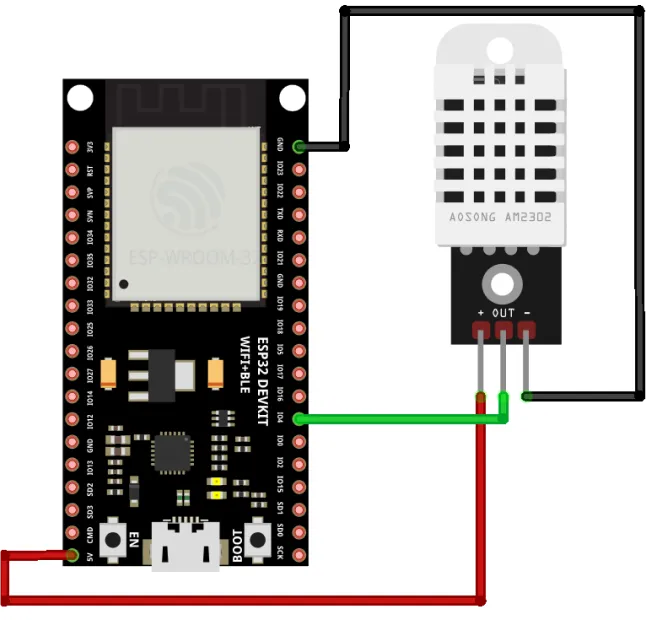
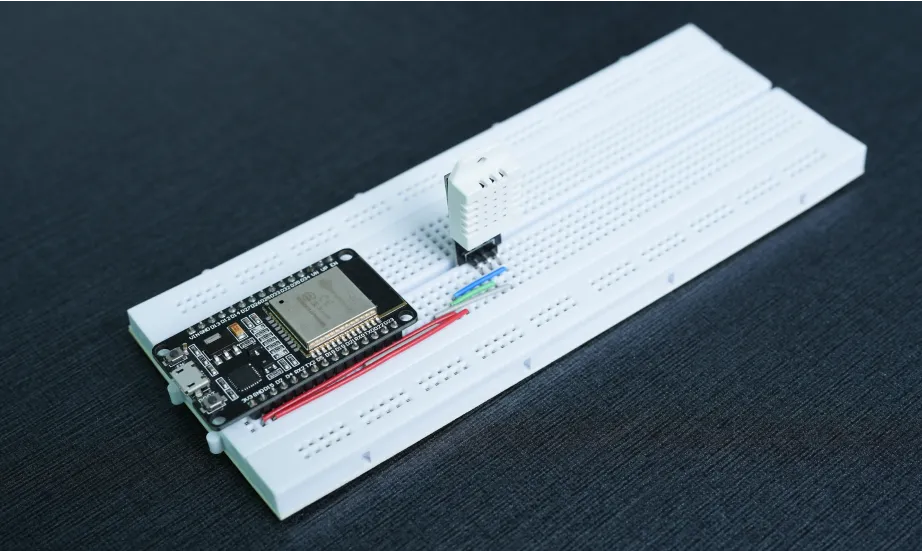
The following connections are made in order to complete the entire circuit setup.
From ESP32 to the DHT22:
- Connect the 5V Pin to the VIN, positive (+) terminal of the sensor.
- Connect the GND Pin of the ESP32 to the GND, negative (-) terminal of the sensor.
- Connect the IO4 Pin of the ESP to the OUT Pin of the sensor.
4. Interfacing the LED with the Web Flasher
- Set up your device/hardware by visiting https://config.ezlopi.com/
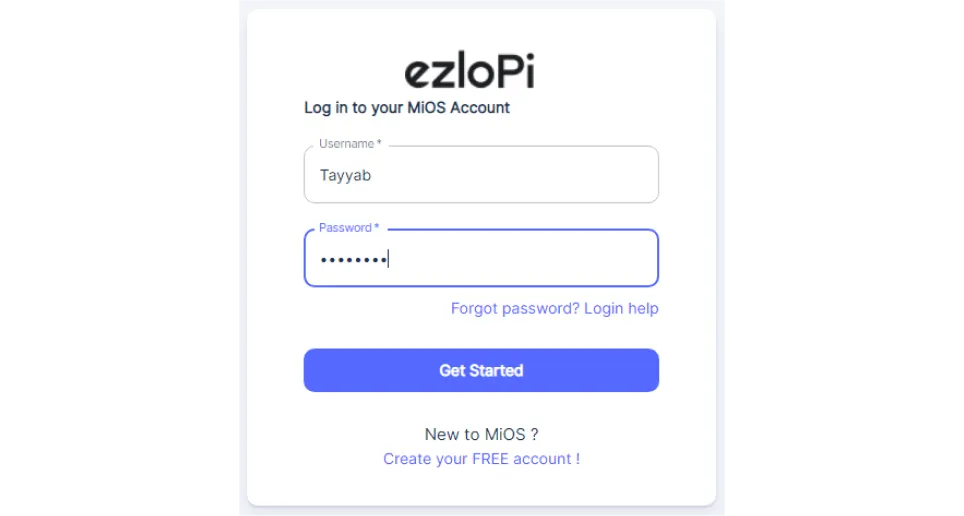
- Log in using the credentials which you just set earlier while signing up.
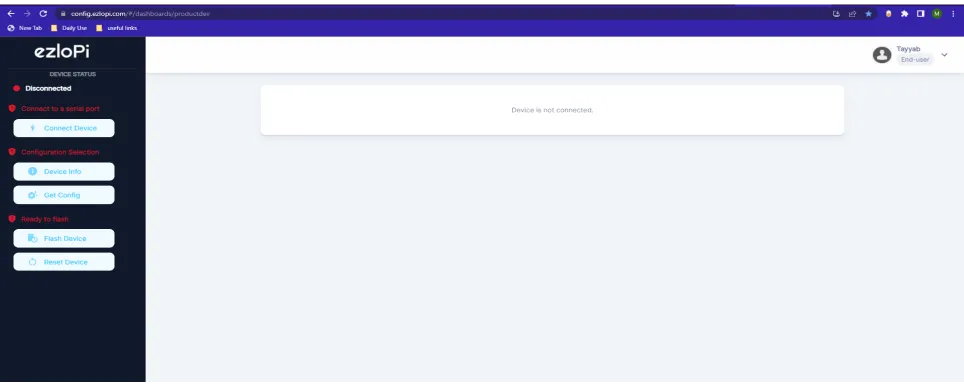
- Now click on Connect Device and a pop-up window will appear
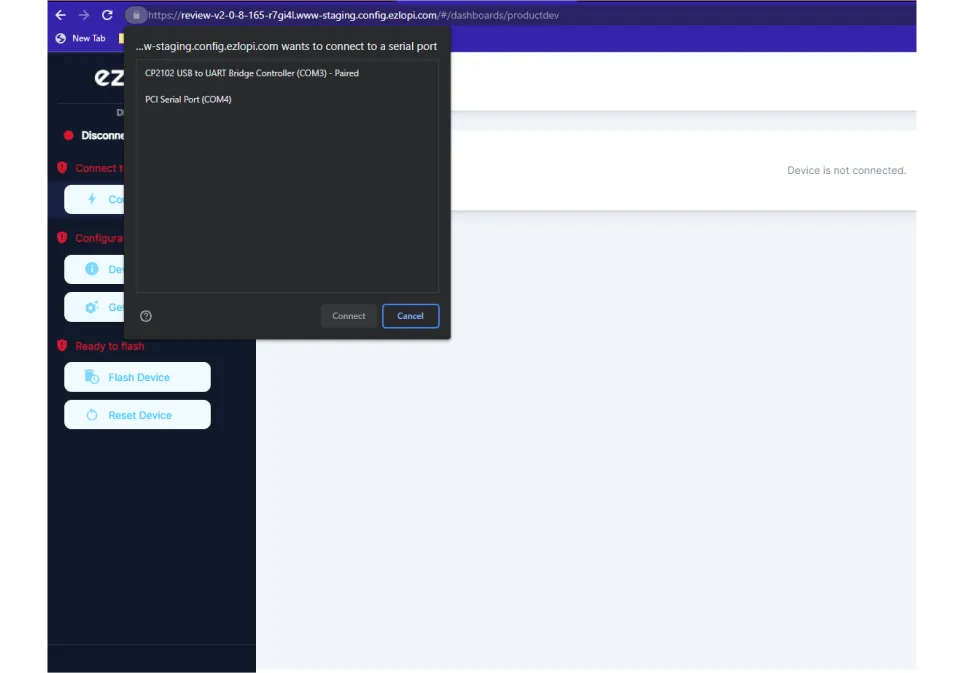
- Now, select COM Port to which your ESP32 device is connected. In our case, the COM3 port is used.
Click Connect.

- If you are new to this and it’s your first time configuring, select Create new Device ID. Enter Wifi SSID and Wifi Password.
- In the Device Configuration, tab click on One Wire.
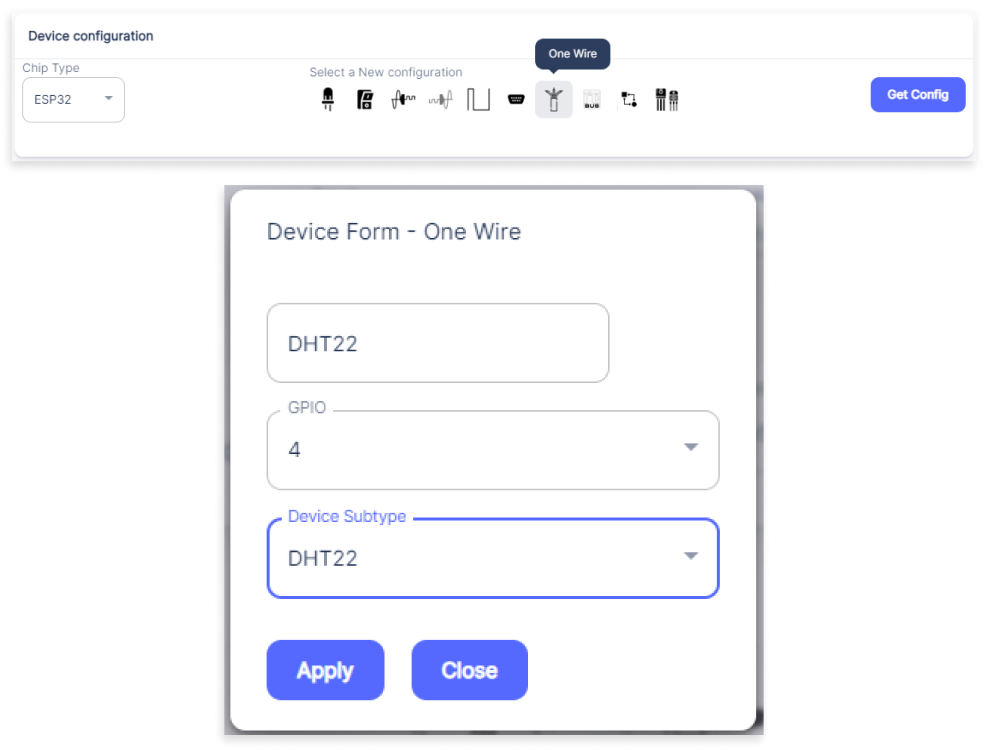
7. A pop up window will open for inputting the following parameters.
- Set a device name of your choosing. In our case we set it to DHT22
- Set Out GPIO to 4.
- Select The Device Subtype as the sensor you are choosing. In our case, we set it to DHT22.
- Now Click the Apply button.
- After clicking the apply button you can see a table of your setting in the device configuration tab. Press the Flash Device button.
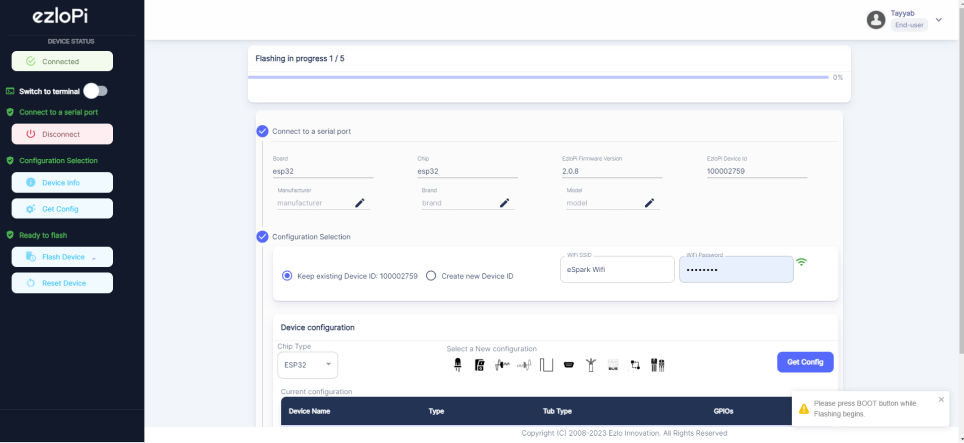
- A window will appear on the bottom left side of the screen displaying “Please press BOOT button while flashing begins.”
- Hold the BOOT button down until the next window appears on the bottom left side of the screen which says “Installation prepared. Please release the boot button now.”
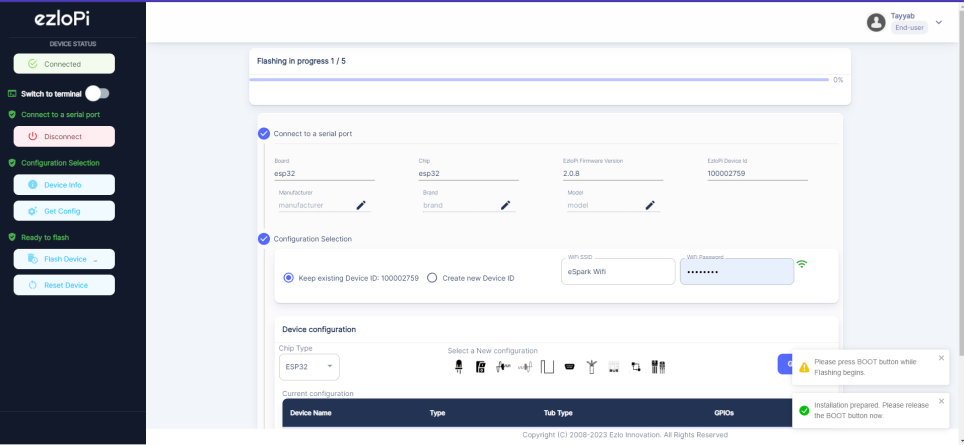
- Release the BOOT button from your ESP32 when this pop-up on the bottom right window appears.
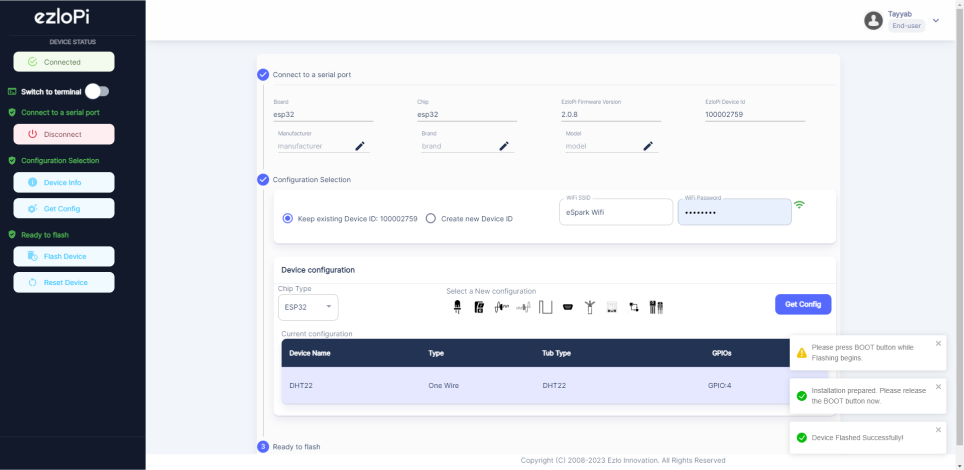
- After some time this popup will appear saying Device Flashed Successfully! This means that your device has been set up successfully.
5. MiOS App
You can download the MIOS Android app from the Google Play Store and Apple App Store.
- After downloading the app, proceed to install the application and open it.
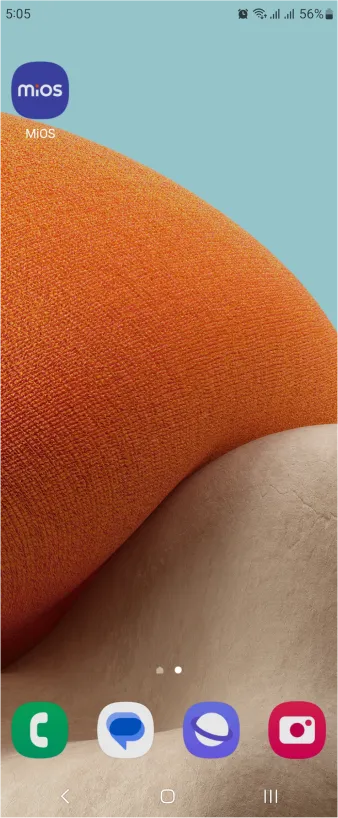
- Using the MIOS mobile application, create a new Ezlo Cloud account using the sign-up option. If you already have an account, you may proceed to log in.
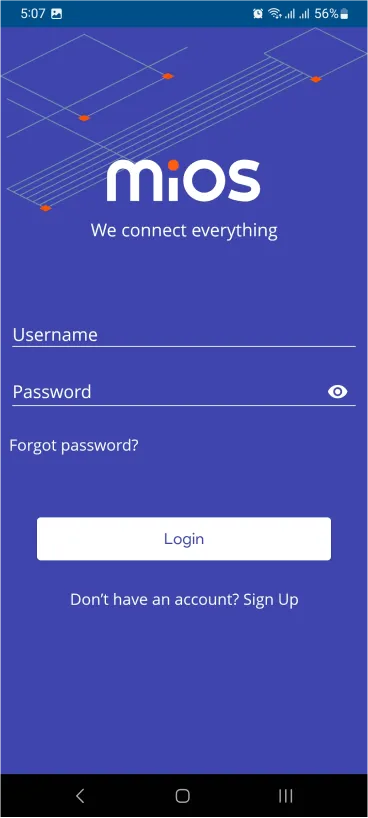
- After successfully logging in, you will be able to see the number of controllers connected such as a lamp, fan, or any other device in the MiOS app. Tap on any controller of your desired ID.
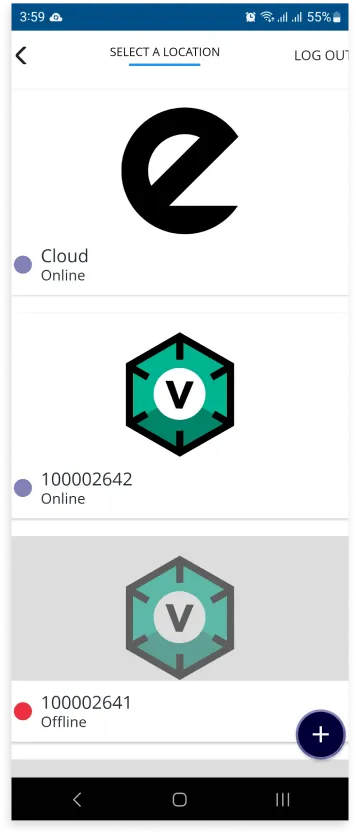
- You will be able to see the status of your controller whether it is online or offline. Access the device dashboard, and tap the device. The following view of the dashboard will appear:
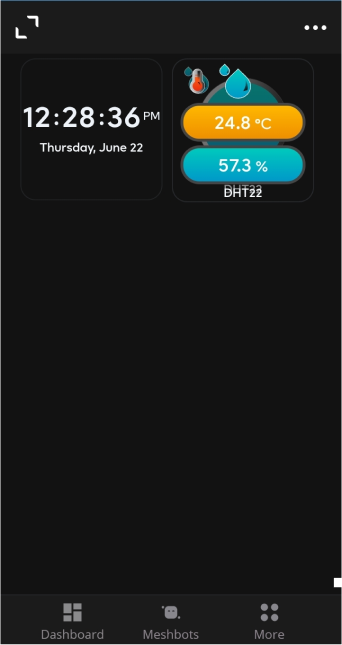
- After opening the dashboard, you will be able to see the tile of your connected device.
Here as you can see in the example given above, we can see the DHT22 sensor tile. The upper box in this tile shows the temperature being detected by the sensor and the lower box shows the humidity levels being detected by the sensor.
6. MiOS Web Application
- After configuring the controller with the EzloPi web flasher, head to https://ezlogic.mios.com/
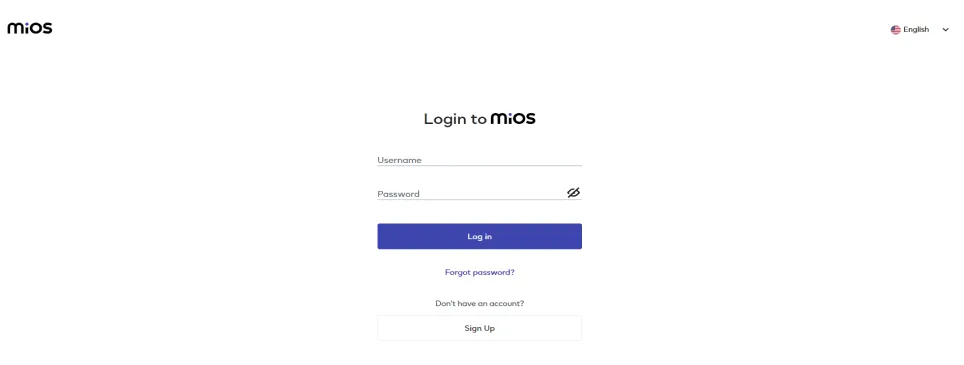
- Use the same credentials to log in that you used for configuring the controller with the web flasher.
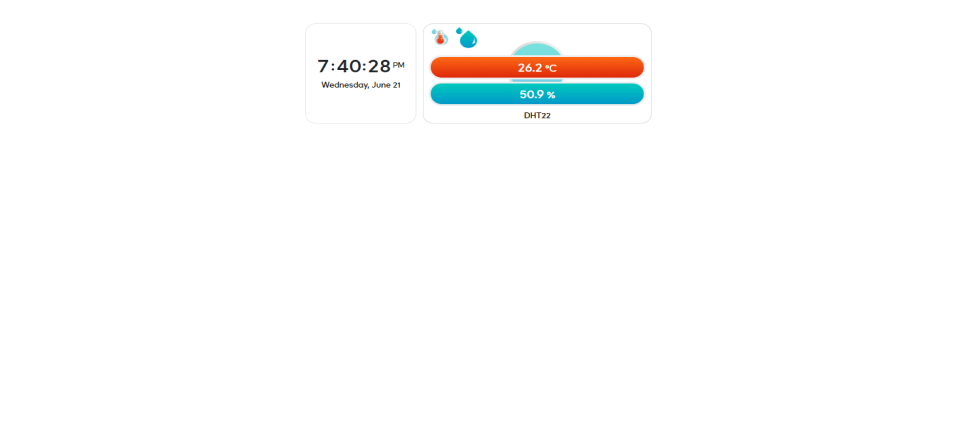
- In the above figure, the MiOS web dashboard can be seen. It indicates the parameters being detected by the sensor.

